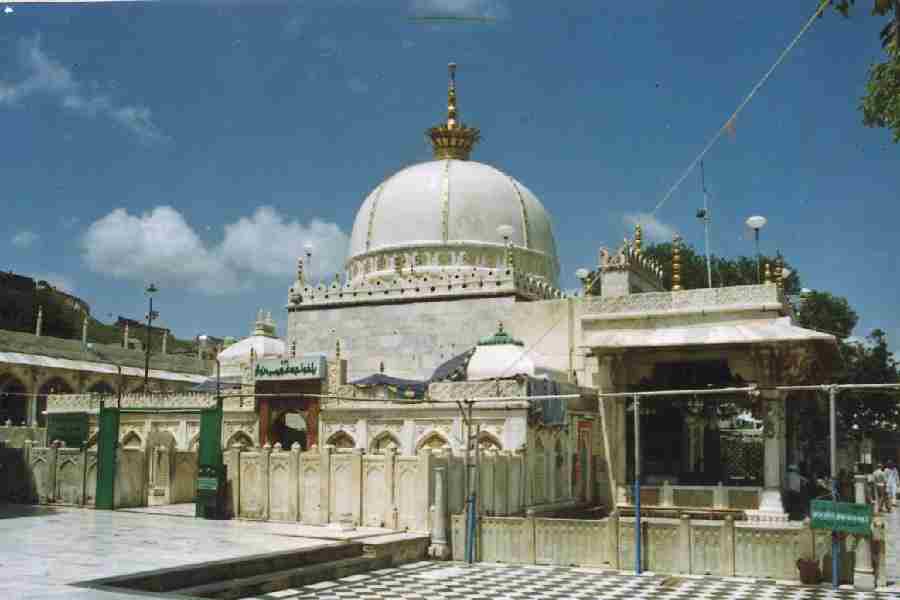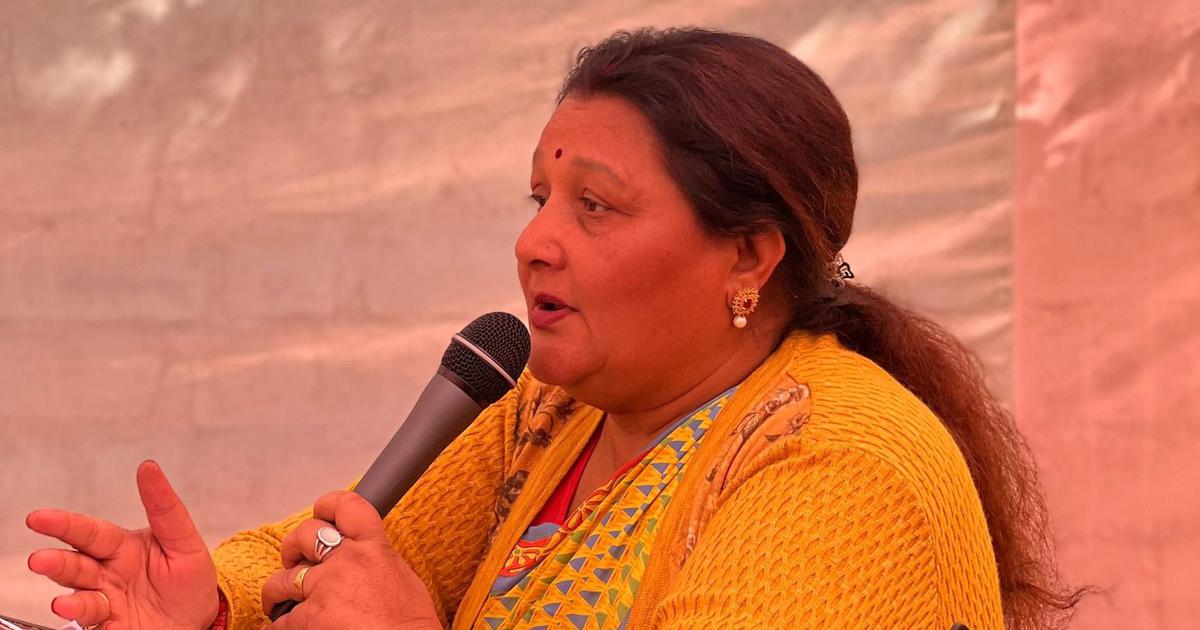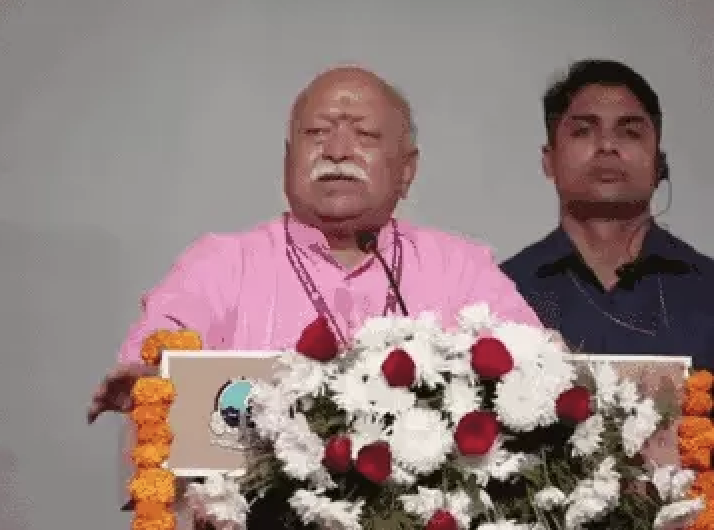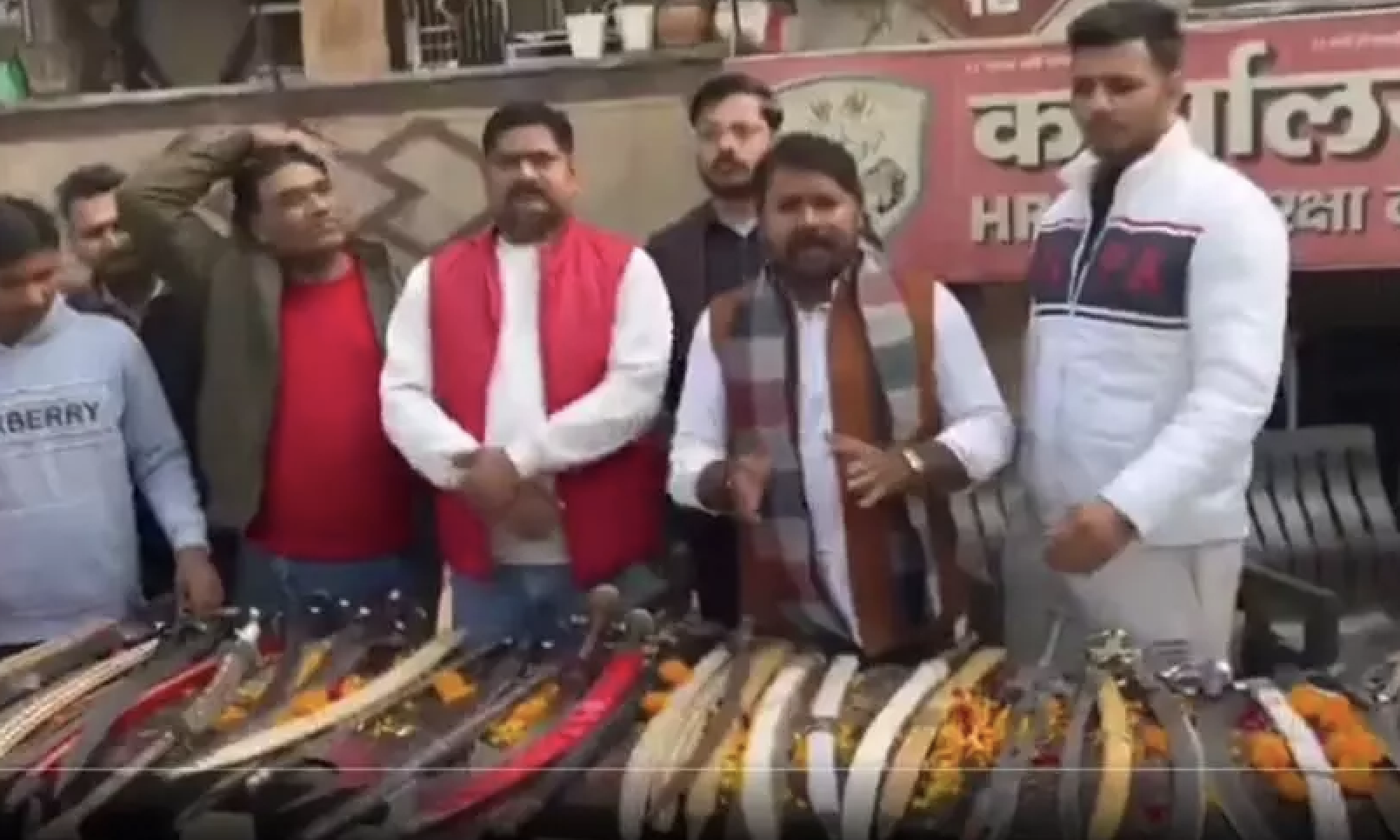In his book “The Hindu Counterrevolution: The Violent Recreation of an Imagined Past” Walden Bello traces the rise of the present-day Hindu nationalist movement from its marginal origins at the time of Indian independence to its formidable present domination of the political landscape.
The author traces the roots and roles of the torch bearers of the Hindutva movement—a political party, a vanguard organization, and a militant mass movement—which have drastically changed from the political mechanisms and ideals of post-Independence India and the erstwhile dominant party, Congress.
The book was published in September, 2018. Read the full book here.
Excerpt
Among the cases of counterrevolution touched on in this study, the case of India is unique in that it provides a fascinating, if disturbing direct link between an ongoing counterrevolutionary movement and classical fascism in early 20th century Europe. The key Hindu right-wing nationalist organization in India is the RSS, or Rashtriya Swayamsevak Sangh, often translated into English as the “National Volunteer Corps.” A tight, disciplined organization, the RSS was founded in 1925, just five years after the founding of the Nazi Party in Germany. Perhaps, not surprisingly, images of the Fascist Blackshirts and Nazi Brownshirts are evoked when RSS units come out on parade, with their trademark accouterment of knee-length khaki shorts (lately replaced by long brown trousers) and white shirts, their long fighting sticks or lathi displayed in a fashion that is meant to be menacing.
But more important than the matter of uniform is inspiration. Instrumental in making European fascism an ideological influence on the Hindu right was the prime ideologue of the RSS, Vinayak Damodar Savarkar who declared, “Surely Hitler knows…what suits Germany best. The very fact that Germany or Italy has so wonderfully recovered and grown so powerful as never before at the touch of the Nazi or Fascist magical wand is enough to prove that those political ‘isms’ were the most congenial tonics their health demanded.”
Savarkar’s glowing admiration was seconded by another figure in the RSS pantheon, Madhav Sadashiv Golwalkar, who asserted,
“To keep up the purity of the race and its culture, Germany shocked the world by her purging the country of the Semitic Races—the Jews. Race pride at its highest has been manifested here. Germany has also shown how well-nigh impossible it is for races and cultures, having differences going to the root, to be assimilated into one united whole, a good lesson for us in Hindustan [India] to learn and profit by.”
Perhaps the best known contemporary admirer of Savarkar and Golwalkar is India’s current Prime Minister Narendra Modi, who began his political career as an RSS organizer and is accused of supervising an anti-Muslim pogrom that took the lives of thousands of Muslims in Gujarat in 2002 when he was chief minister of that state.
Modi has been effusive in his praise of Savarkar, saying “Savarkar means brilliance, Savarkar means sacrifice, Savarkar means penance, Savarkar means substance, Savarkar means logic, Savarkar means youth, Savarkar means an arrow, and Savarkar means a Sword!”
Role Reversal
In his discussion of fascism in his classic work, Social Origins of Dictatorship and Democracy, Barrington Moore, Jr., was dismissive of Hindu nationalists, writing that
“their programs lack economic content and appear mainly to be a form of militant, xenophobic Hinduism, seeking to combat the stereotype that Hindus are pacific, divided by caste, and weak. So far their electoral appeal has been very small.”
Moore would not be the only social analyst whose judgment would be overturned by developments of the last few decades. Indeed, a great number of Indian academics and intellectuals and India specialists did not anticipate the blazing rise of the right, nor have they fully comprehended it intellectually, much less come to grips with how to deal with it politically. Today, Hindu nationalists, for whom the RSS is the political center, are the hegemonic force in Indian politics, having captured many state governments and, during the 2014 national elections, an outright majority of seats in the Lok Sabha, the national parliament, as well. Modi, once banned from entry into the US for his role in the Gujarat massacre, is probably the most powerful Indian leader since Indira Gandhi and, under his watch, the peaceful democratic competition, pluralism, and secularism that post-war India was known for are in grave danger of becoming history.
A few decades back, the hegemony of the Hindu nationalist right would have not only been regarded as improbable but unthinkable. While not exactly on the fringe, groups associated with the ideology of “Hindutva” (best translated as “Hinduness”) were marginal players in post-independence politics. Deriving its prestige from the role it played in the struggle for independence against the British under the moral inspiration of Mahatma Gandhi and the political leadership of Jawaharlal Nehru, the Congress Party dominated the politics of post-independence India for three decades. While there were instances when it resorted to communal politics for its own ends, for the most part, Congress espoused the vision of an India that was secular, democratic, and diverse.
As Nehru put it in his speech on India’s achieving independence in 1948:
“All of us, to whatever religion we may belong, are equally the children of India with equal rights, privileges and obligations. We cannot encourage communalism or narrow-mindedness, for no nation can be great whose people are narrow in thought or in action.”
On the critical issue of the Hindu-Muslim religious divide, Gandhi and Nehru had pushed for a one-state solution in the period leading up to the British departure, but the chaos that accompanied the latter saw communal hatred and violence drive the process, leading to the establishment of India, where the Hindus were in the majority, and Pakistan, which emerged as a state which not only was a Muslim-majority state but was self-defined as an Islamic state. Notwithstanding the Partition, the Indian constitution, which was adopted by the Constituent Assembly on November 26, 1949, and came into effect on January 26, 1950, cemented “this inclusive and democratic objective of keeping government equidistant from all the religions of India’s religiously diverse population.”
Hindu nationalism, for its part, was regarded by many Indians as backward looking, its appeal largely confined to the central regions of the country, the Hindustani heartland.
Moreover, the RSS and other Hindu nationalist groupings were plunged into disrepute when a former RSS member, Nathuram Godse, was sent to the gallows for the assassination on January 30, 1948 of Mahatma Gandhi, an act for which their chief ideologue Savarkar was implicated, though acquitted.
The shocking role reversal, from a hegemonic Congress to a hegemonic Hindu right, was underlined by results of the 2014 parliamentary elections, which saw Congress reduced to a rump of 44 seats in the national parliament, while the Modi-led Bharatiya Janata Party (BJP) gained an absolute majority of 282 seats. This was a veritable revolution, or better yet, counterrevolution. That it was a process that unfolded over three decades does not detract from its massive significance.
And the answer to why it happened must address two questions: What did Congress do wrong and what did the Hindu right “do right?” This is not meant to imply that no other political forces played a significant role in driving India’s post-independence politics. Certainly, the Indian left as well lower class or caste political formations had a major impact on the evolution of the political system. Nevertheless, the focus here on the Congress-Hindu nationalist struggle is justified since it is the central rivalry that has driven national politics since the mid-1970’s.
Read the full book here.






